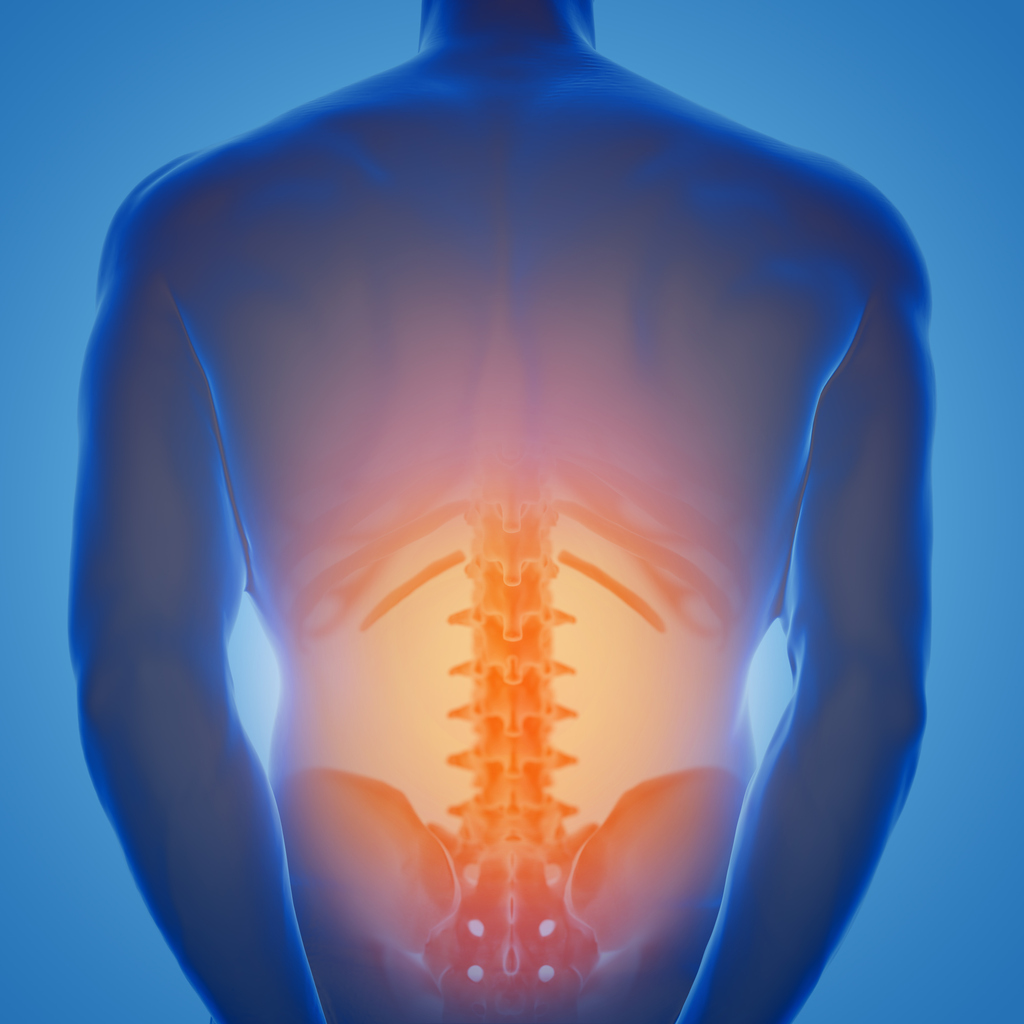
As we age, our bodies begin to feel the effects of years of wear and tear – as well as pure age-related degeneration. A perfect example is what happens if or when the spinal canal narrows. This puts pressure on the nerves that it is designed to protect. This narrowing of the spinal canal is what is known as spinal stenosis. The condition causes pain, numbness, and muscle weakness either in your neck (cervical stenosis) or lower back (lumbar stenosis). It can also cause difficulty when walking and maintaining your balance.
Not only that, but in severe cases, spinal stenosis can also impair your bladder and bowel control. If your spinal stenosis is in the lower back – the most common kind of stenosis – you may experience pain and cramping in one or both of your legs when you stand for long periods of time.
There are numerous causes of spinal stenosis, such as:
Fortunately, there’s a variety of treatment options for those diagnosed with spinal stenosis. These include both nonsurgical and surgical alternatives; treatment is based on the cause and severity of your condition, as well as your medical history.